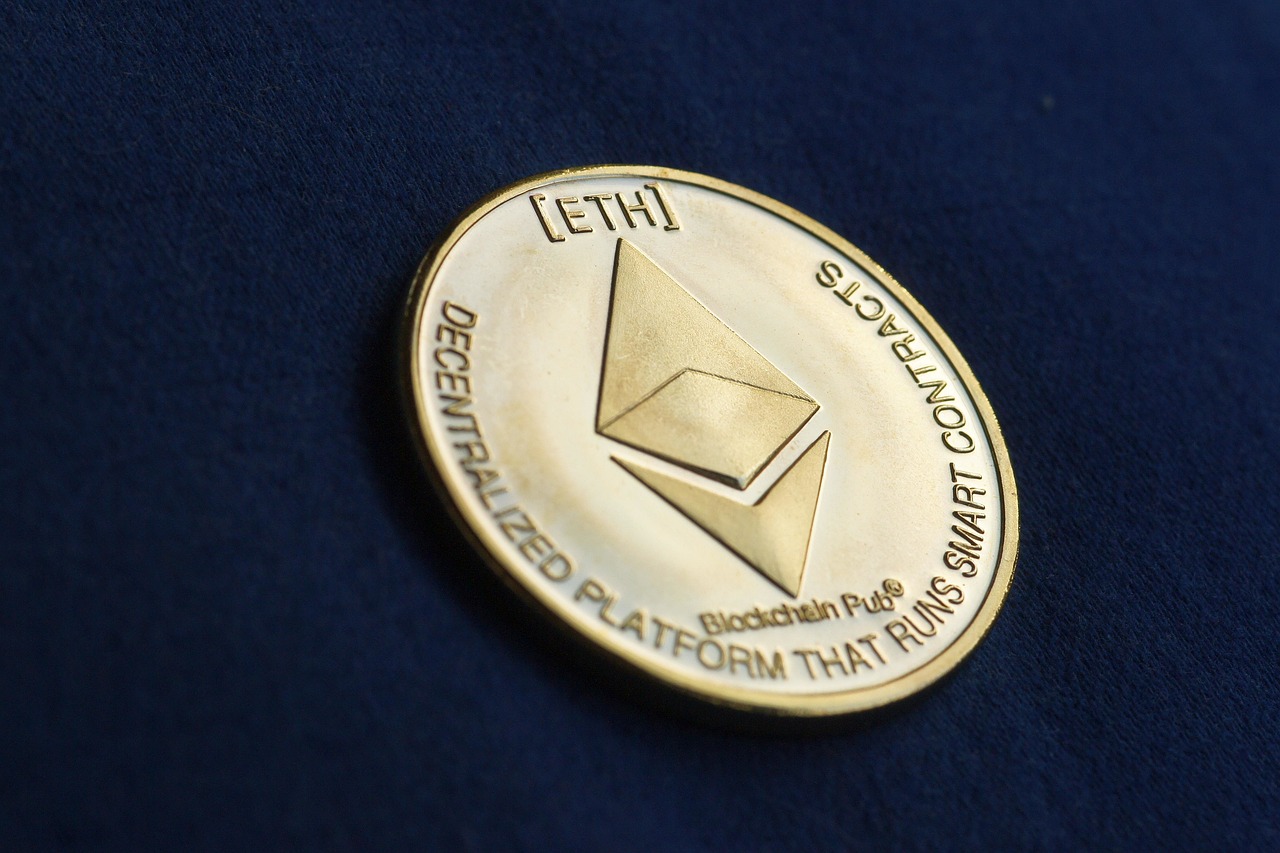The cryptocurrency market is a dynamic and ever-evolving landscape, presenting both exciting opportunities and significant challenges for investors and enthusiasts alike. Staying ahead of the curve requires a constant awareness of the latest trends shaping the industry. From decentralized finance (DeFi) to the rising prominence of non-fungible tokens (NFTs) and the increasing adoption of blockchain technology by traditional institutions, understanding these trends is crucial for navigating the crypto world effectively. This article delves into the most significant crypto trends impacting the market right now, providing insights and actionable information to help you stay informed.
Decentralized Finance (DeFi) Evolution
DeFi continues to be a major force driving innovation in the crypto space, seeking to replicate traditional financial services in a decentralized, permissionless, and transparent manner.
For more details, see Investopedia on Cryptocurrency.
Key Developments in DeFi
- Layer-2 Scaling Solutions: Ethereum’s scalability challenges have spurred the development of Layer-2 solutions like Optimism and Arbitrum. These solutions aim to improve transaction speeds and reduce gas fees, making DeFi more accessible and usable.
Example: Using Optimism to conduct transactions on a DeFi protocol can result in significantly lower fees compared to transacting directly on the Ethereum mainnet.
- Cross-Chain Interoperability: Protocols that enable the transfer of assets and data between different blockchain networks are gaining traction. This allows users to access a wider range of DeFi applications and opportunities.
Example: Protocols like Chainlink’s CCIP (Cross-Chain Interoperability Protocol) are designed to facilitate secure and reliable communication between different blockchains.
- Real-World Asset (RWA) Tokenization: Bringing real-world assets like stocks, bonds, and commodities onto the blockchain through tokenization is a growing trend. This can improve liquidity, transparency, and accessibility to these assets.
Example: Companies are exploring tokenizing real estate, allowing investors to purchase fractional ownership in properties through blockchain-based tokens.
- Institutional Adoption: Traditional financial institutions are increasingly exploring and participating in DeFi, bringing new capital and expertise to the space.
DeFi Actionable Takeaway
Explore Layer-2 solutions and cross-chain protocols to optimize your DeFi experience and access new opportunities. Research RWA tokenization projects and consider the potential benefits and risks involved.
Non-Fungible Tokens (NFTs) Beyond Art
NFTs have exploded in popularity, initially driven by digital art and collectibles. However, their use cases are rapidly expanding beyond these initial applications.
Expanding NFT Use Cases
- Gaming: NFTs are revolutionizing the gaming industry by enabling true ownership of in-game assets, creating new revenue streams for players, and fostering community-driven game development.
Example: Games like Axie Infinity utilize NFTs for characters and items, allowing players to earn cryptocurrency by playing the game and trading their assets.
- Metaverse Applications: NFTs are becoming essential components of metaverse environments, representing virtual land, avatars, and other digital assets.
Example: Platforms like Decentraland and The Sandbox allow users to purchase and develop virtual land represented by NFTs.
- Identity and Credentials: NFTs can be used to verify identity and credentials, providing a secure and tamper-proof way to store and share important information.
Example: NFTs can be used to represent academic degrees, professional certifications, or even digital identities.
- Supply Chain Management: NFTs can be used to track products and materials throughout the supply chain, improving transparency and preventing counterfeiting.
NFTs Actionable Takeaway
Look beyond digital art and explore NFT use cases in gaming, the metaverse, and other industries. Consider the potential for NFTs to revolutionize industries beyond just collectibles.
Regulatory Landscape and Compliance
The regulatory landscape for cryptocurrencies is evolving rapidly, with governments around the world grappling with how to regulate this new asset class.
Key Regulatory Developments
- Increased Scrutiny: Regulators are increasing their scrutiny of crypto exchanges, DeFi protocols, and other crypto-related businesses, focusing on issues like investor protection, anti-money laundering (AML), and tax compliance.
- MiCA (Markets in Crypto-Assets) Regulation: The European Union’s MiCA regulation aims to create a comprehensive regulatory framework for crypto assets in the EU, providing clarity and consistency for businesses operating in the region.
- CBDCs (Central Bank Digital Currencies): Many central banks are exploring the development of CBDCs, which could have a significant impact on the crypto market.
Example: The People’s Bank of China is piloting its digital yuan (e-CNY) in various cities, with plans for wider adoption in the future.
- Tax Implications: Tax authorities are providing clearer guidance on the tax treatment of cryptocurrencies, requiring users to report their crypto transactions and pay taxes on any gains.
Regulatory Actionable Takeaway
Stay informed about the regulatory developments in your jurisdiction and ensure you comply with all applicable laws and regulations. Consult with a tax professional to understand the tax implications of your crypto activities.
Institutional Adoption and Investment
Institutional investors, including hedge funds, asset managers, and corporations, are increasingly allocating capital to cryptocurrencies and blockchain technology.
Drivers of Institutional Adoption
- Growing Acceptance: Cryptocurrencies are becoming more widely accepted as a legitimate asset class, attracting institutional investors seeking diversification and potential returns.
- Improved Infrastructure: The infrastructure for trading and custodying cryptocurrencies has improved significantly, making it easier for institutions to participate in the market.
- Inflation Hedge: Some institutional investors view cryptocurrencies as a hedge against inflation, particularly in an environment of rising prices and government debt.
- Corporate Adoption: Companies are increasingly using blockchain technology for various applications, such as supply chain management, payments, and data storage.
Institutional Adoption Actionable Takeaway
Monitor institutional investment trends and consider how they might impact the crypto market. Pay attention to companies that are integrating blockchain technology into their operations.
The Rise of AI in Crypto Trading & Analysis
Artificial Intelligence (AI) and machine learning (ML) are increasingly being integrated into crypto trading platforms and analytical tools, providing users with advanced capabilities for market analysis, risk management, and automated trading.
AI-Powered Crypto Solutions
- Algorithmic Trading: AI algorithms can analyze vast amounts of market data and execute trades automatically based on pre-defined rules, potentially improving trading efficiency and profitability.
Example: AI trading bots can be programmed to buy or sell cryptocurrencies based on technical indicators, sentiment analysis, or other market signals.
- Predictive Analytics: AI can be used to predict future price movements and identify potential trading opportunities.
Example: AI-powered platforms can analyze historical price data, social media sentiment, and news articles to forecast future price trends.
- Risk Management: AI can help manage risk by identifying potential threats and opportunities and optimizing portfolio allocation.
Example: AI algorithms can monitor market volatility and adjust portfolio positions to minimize risk.
- Sentiment Analysis: AI can analyze social media posts, news articles, and other sources of information to gauge market sentiment and identify potential trading opportunities.
AI in Crypto Actionable Takeaway
Explore AI-powered crypto trading platforms and analytical tools. Understand the capabilities and limitations of AI in crypto trading and use it as a supplement to your own research and analysis.
Conclusion
The cryptocurrency market is a constantly evolving ecosystem with numerous emerging trends shaping its future. From the continued evolution of DeFi and the expansion of NFT use cases to the increasing regulatory scrutiny and institutional adoption, staying informed is crucial for navigating this dynamic landscape. By understanding these trends and adopting a proactive approach, investors and enthusiasts can position themselves for success in the exciting world of crypto. Remember to always conduct thorough research and carefully consider the risks involved before making any investment decisions.
Read our previous article: Beyond Simulation: Digital Twins For Predictive Resilience





One thought on “Beyond Bitcoin: Emerging Crypto Narratives Redefining Finance”